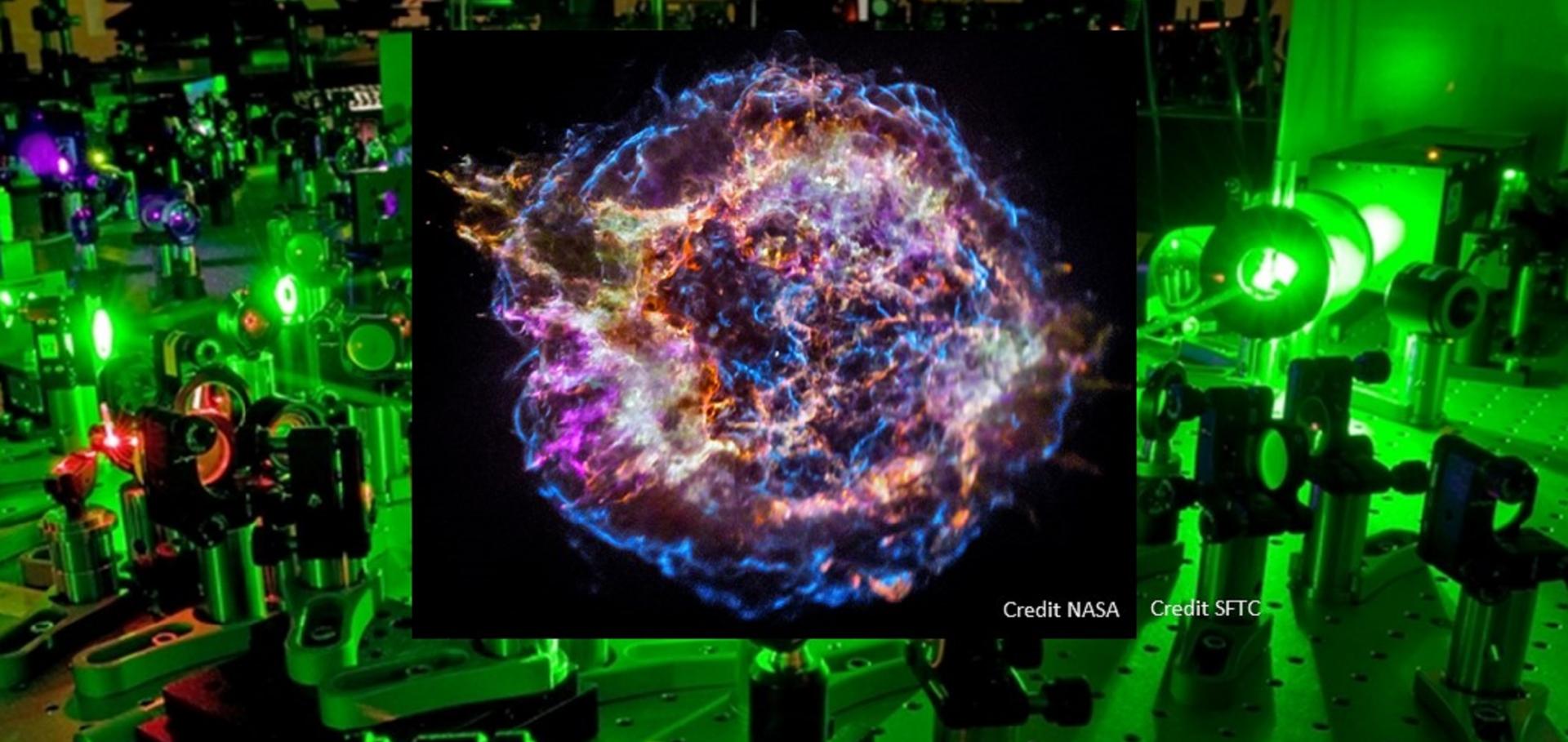Cosmic ray acceleration to very high energy through the non-linear amplification by cosmic rays of the seed magnetic field
Monthly Notices of the Royal Astronomical Society 321 (2001) 433-438
The effect of radial dynamics on the stability of diffuse profile Z pinches
PHYSICS OF PLASMAS 8:2 (2001) 564-570
Plasma formation in metallic wire Z pinches.
Phys Rev E Stat Phys Plasmas Fluids Relat Interdiscip Topics 61:4 Pt B (2000) 4370-4380
Abstract:
Plasma formation in metallic wire Z pinches is modeled using a two-dimensional resistive magnetohydrodynamics code. Modified Thomas-Fermi equations of state and dense plasma transport coefficients allow the phase transitions from solid to plasma to be approximated. Results indicate the persistence of a two-component structure with a cold, dense core embedded within a much hotter, low density, m=0 unstable corona. Extensive benchmark testing against data from a number of single-wire experiments is presented. Artificial laser schlieren and x-ray back-lighting images generated from the code data are compared directly to experimental results. The results were found to be insensitive to inaccuracies in the equations of state and transport coefficients. Simulations of individual wires in a wire array show different behavior to that observed experimentally due to the absence of three-dimensional effects. Simulations with similar conditions to wires in an array show a general trend in the plasma structure at start of implosion from discrete wires with large m=0 perturbation amplitudes to partially merged wires with smaller perturbation amplitudes as the number of wires is increased. Results for a wire number scan with aluminum wire arrays on the SATURN generator suggest that the observed sharp transition to high x-ray power at around 40 wires corresponds to a sharp decrease in m=0 perturbation amplitude and hence a sharp decrease in the seed perturbation for the Rayleigh-Taylor instability.Experimental studies of the advanced fast ignitor scheme
PHYSICS OF PLASMAS 7:9 (2000) PII [S1070-664X(00)02809-3]
Non-linear amplification of a magnetic field driven by cosmic ray streaming
ASTROPHYSICS AND SPACE SCIENCE 272:1-3 (2000) 255-262


